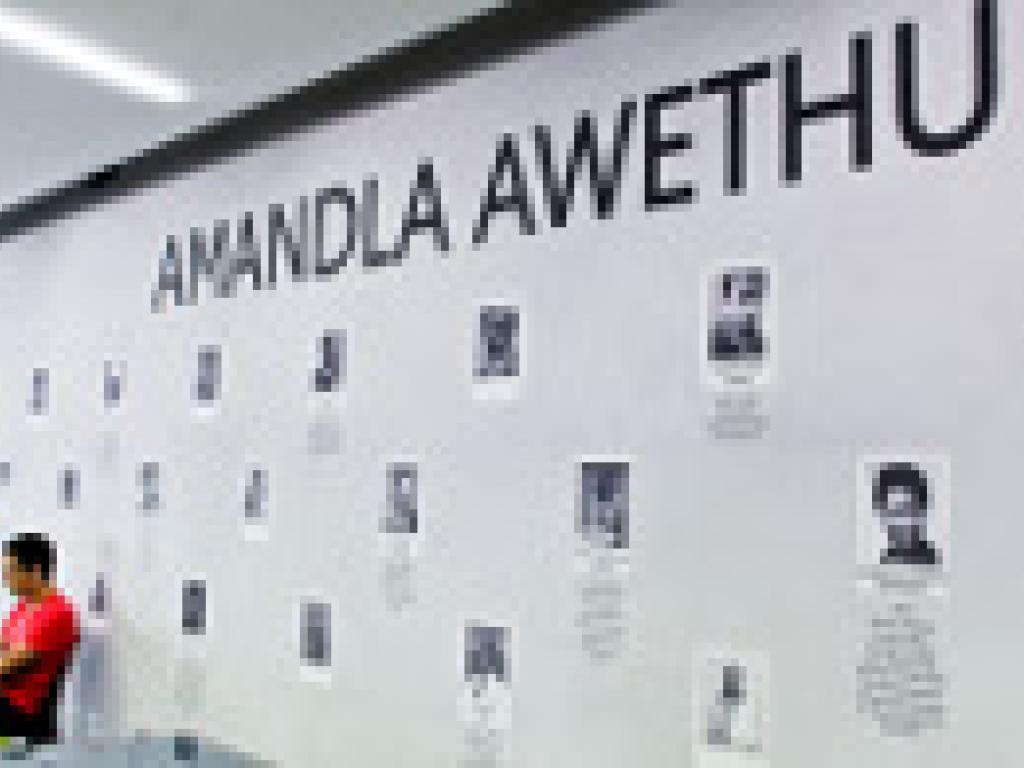Student’s protest art on FHS canteen wall now a permanent thought-provoking mural

During Apartheid, Hamilton Naki, a black laboratory assistant who played a role in the world’s first heart transplant, was not recognised for his contribution to heart transplant research and medical education due to racism and prejudice in that era.
Conceived by students, the new mural in the Barnard Fuller cafeteria was erected to challenge this incomplete and, at times, untrue history. It began as “a silent protest against the continued marginalisation of blackness in the climate of a court interdict that limited all other forms of protest,” say the students. The initial mural consisted of black and white pictures on pieces of paper, with the words “Amandla awethu” and “Izwe lethu”, slogans synonymous with the black liberation struggle in South Africa. Now, they are a permanent fixture on one of the most prominent walls on campus.
FHS news spoke to the students behind the concept who elaborated on the significance of the mural.

“Amandla awethu” refers to black people having the strength and power to usher in their own liberation. “Izwe lethu” speaks to the land or nation belonging to black people, as the fruits of its soil.
The images showcase a timeline of the enduring presence of black excellence despite oppression throughout history. Each image is enclosed in a white border symbolising the white lenses that generations of Africans were viewed through. Names were changed and traditions were abandoned in order to fit the mould presented by colonialism. This mural represents the voices that have been silenced for centuries.

The individuals on this mural were pioneers in their respective fields. However, they were also agents of change that became activists for the liberation of black people. A position similar to the one in which this generation of students finds itself. It is a wall of representation that shows black students the faces of trailblazers that have paved a way for them, an assurance that they too belong in this university.
The mural is a piece of protest art and it is within the nature of art to spark a conversation or create some kind of change in the viewer. This mural seeks to shed light on the narratives of those who have been overlooked by history. A gateway to exploring a rich history that leads us closer to understanding our purpose as a generation.